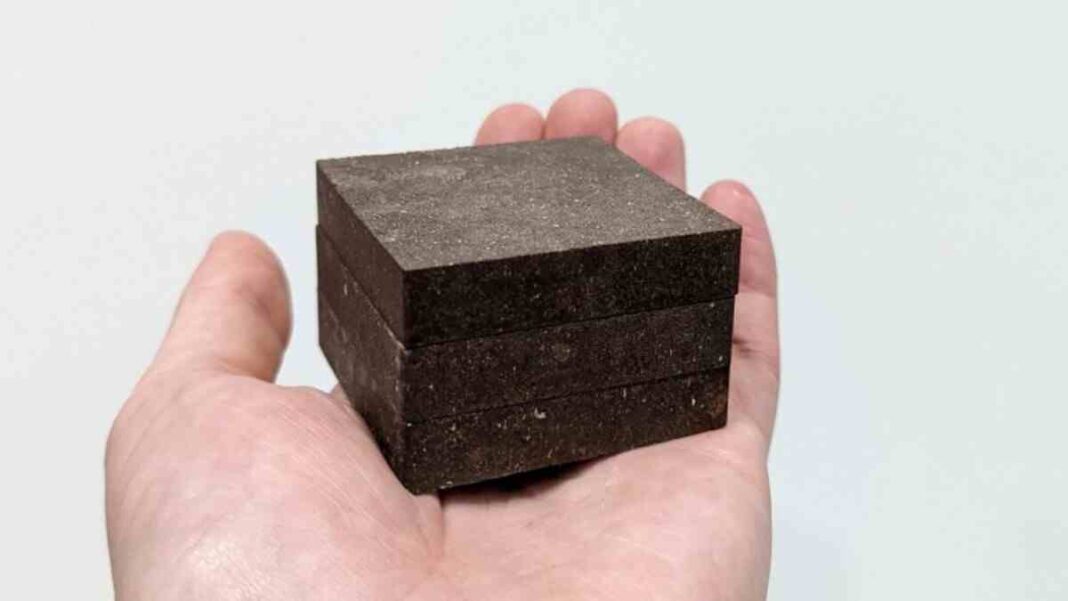UNITED KINGDOM: A team of researchers at the University of Manchester has developed a new material called StarCrete, which is twice as strong as regular concrete and made from a mixture of extra-terrestrial dust, potato starch, and salt. The material could be used for building homes and infrastructure on the Moon and Mars.
To create StarCrete, the team combined potato starch with simulated Martian soil and a small amount of salt, which significantly improved the strength of the material.
When tested, StarCrete made from moon dust had a compressive strength of over 91 megapascals (MPa), while StarCrete made from simulated Martian soil had a compressive strength of 72 MPa. This is compared to the 32 MPa strength of ordinary concrete.

If you do not know what compressive strength is, it simply refers to the ability of a material to resist being crushed or compressed under pressure.
It is an important property to consider when designing and constructing buildings, bridges, roads, and other structures that will be subjected to heavy loads.
Most of the time, the compressive strength of a material is measured by applying force to a sample of the material and figuring out how much force it takes to break or deform the sample.
The use of potato starch as a binding agent was chosen over previous research that used blood and urine from astronauts, as it is more readily available and does not require regular collections.
The researchers estimated that a 25-kg sack of dehydrated potatoes could produce almost half a tonne of StarCrete, equivalent to over 213 bricks’ worth of material.
In addition to its potential use in extraterrestrial environments, StarCrete could also offer a greener alternative to traditional concrete on Earth, as it can be made at lower temperatures and with less energy. Cement and concrete production currently account for around 8% of global CO2 emissions.
The researchers have launched a start-up company, DeakinBio, to explore ways to improve StarCrete for use in both extraterrestrial and terrestrial settings.
Also Read: NASA Unveils New Spacesuits for Upcoming Moon Mission with Axiom’s AxEMU



